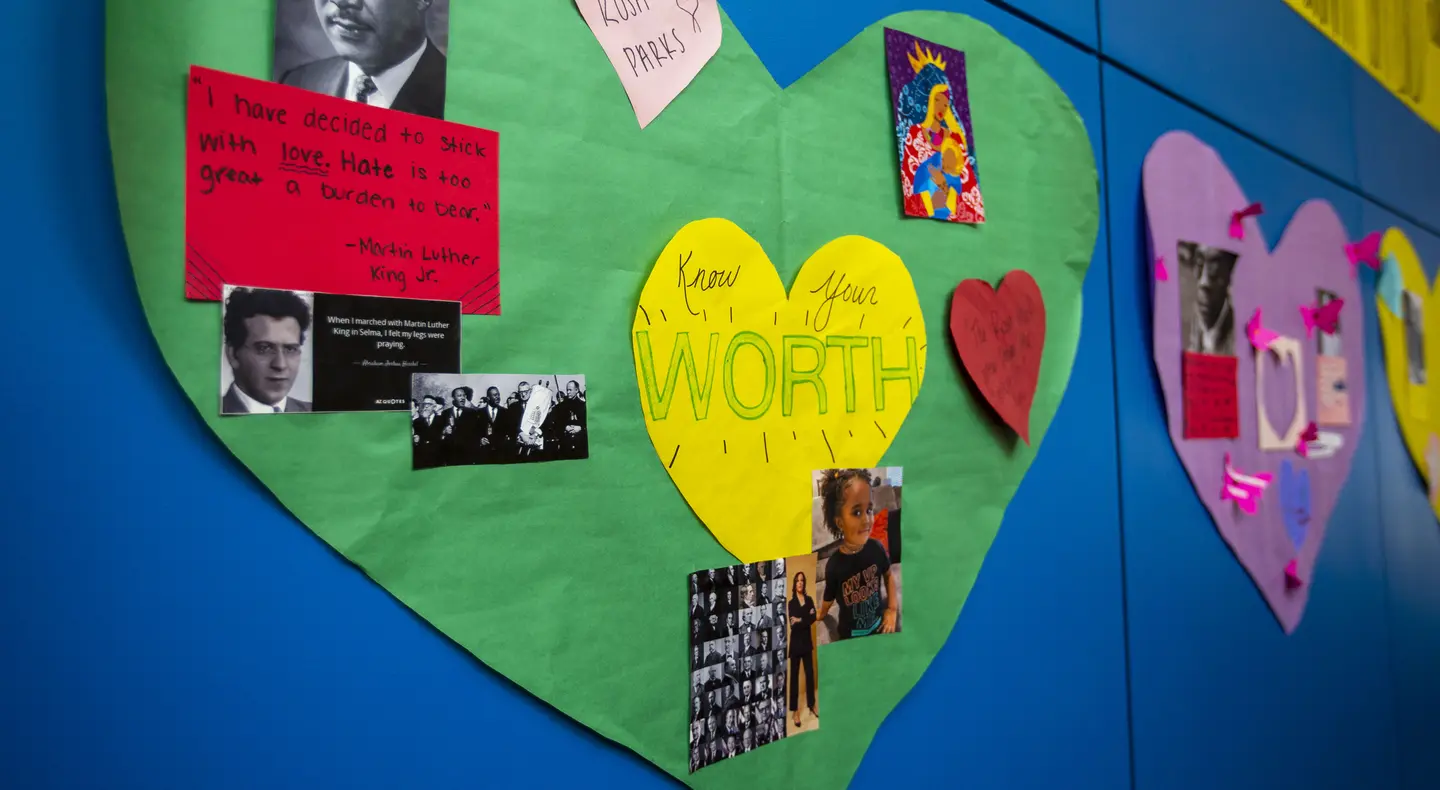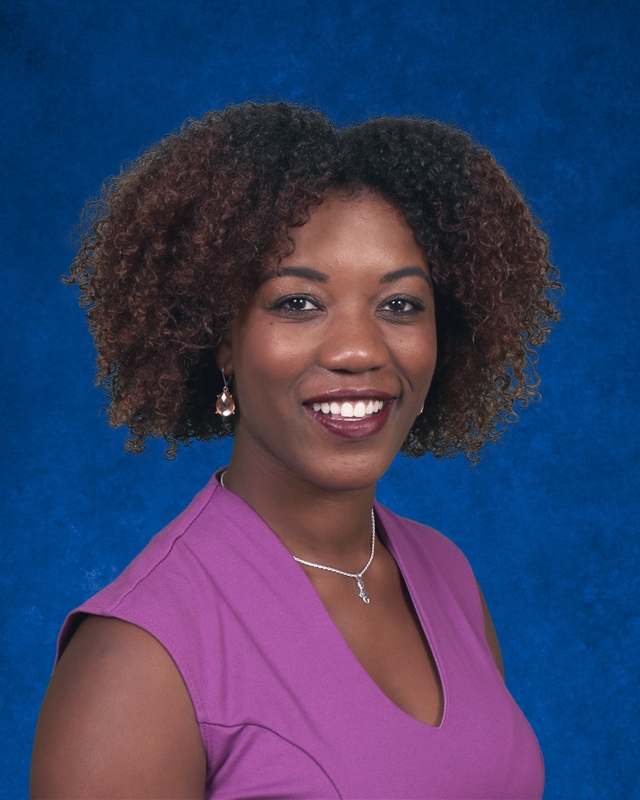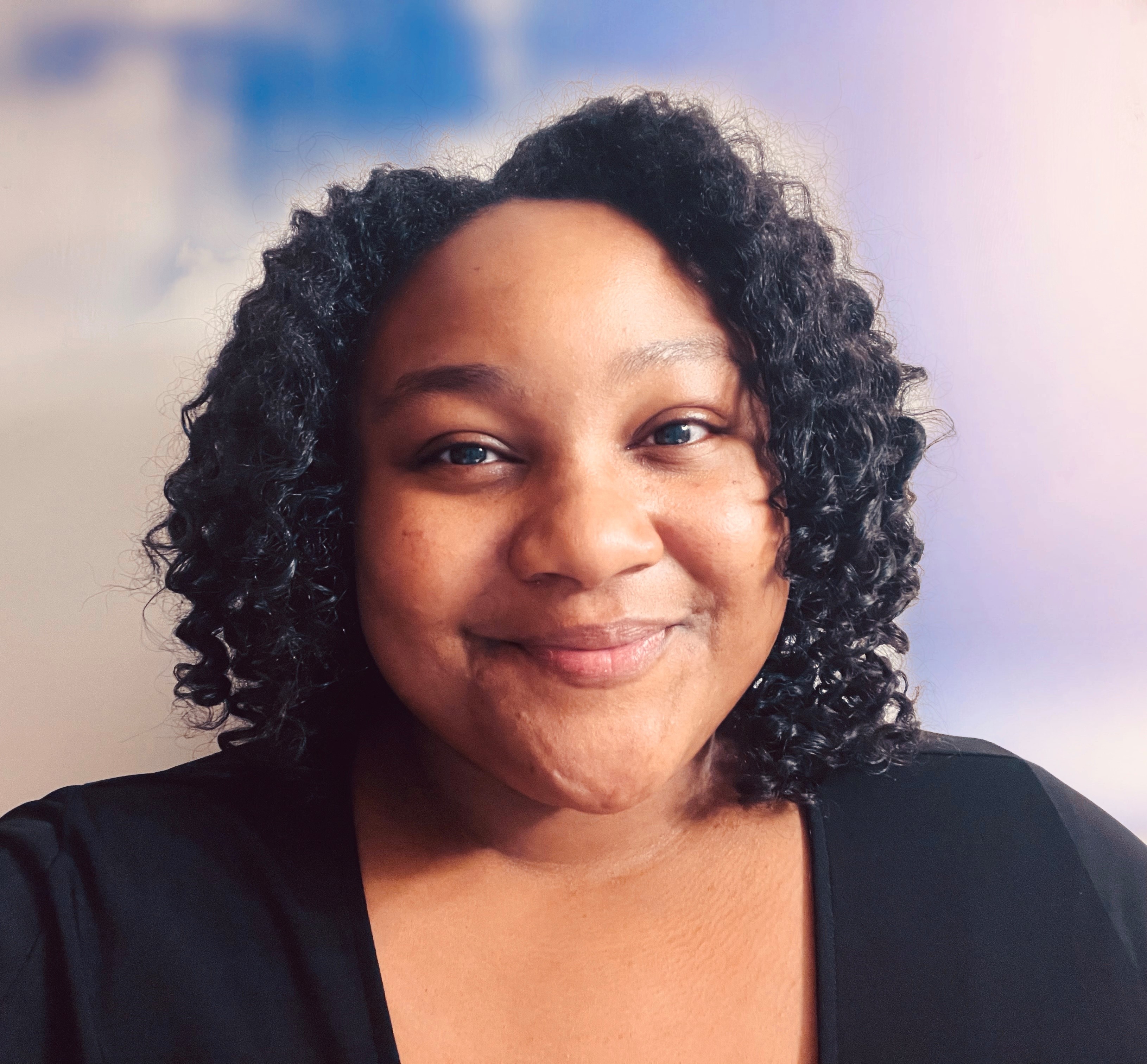
Dr. Earl L. Avery MLK Leadership Award Honors an Anti-Racist Movement
(Above: The Bentley Black History Month Mural championed voices of students across campus to continue advancing anti-racism.)

In an uncertain time of racial inequities, Bentley responded by transforming the winner of this year’s Dr. Earl Avery MLK Leadership Award to a movement rather than an individual. During the 35th annual MLK Celebration, the organizers of the Black at Bentley movement — Lakeya Graves ’11, Edith Joachimpillai ’12 and Stephanie Hartford ’12 — accepted the award on behalf of an initiative that has brought the campus community together.
“We are honoring the three organizers because of their strong contributions to the changes Bentley is seeking around racial justice,” says Matt Banks, assistant director in Bentley’s Office of Diversity & Inclusion. “We have no doubt that their contributions have led to the creation of the Racial Justice Task Force, the strategic initiatives the Bentley Cabinet has created, and the increased passion for change we are seeing from students, alumni, faculty and staff. They did this work to not only hold Bentley accountable for these changes but also truly make Bentley a more equitable, anti-racist institution.”
The three women were inspired to advocate for anti-racism because of personal experiences of racism.
Racial Justice and the Work Ahead

“As far as my education, I had to work twice as hard, being a Black student in a predominantly white school,” Hartford says of traveling a half hour from her home in the Pleasant Grove section of Dallas, Texas, to attend the School for the Talented and Gifted because her neighborhood schools lacked funding. Hartford learned early on how to advocate.
“During school picture day in first grade, I came home with pencil shavings and gum in my hair,” she recalls. “The next day my Mom showed up at the school and we addressed it right away.”
At Bentley, the racism was more subtle than back home — but no less painful — and in the form of microaggressions. Hartford pushed through, joining the FIRE (Fierce Individuals Reaching Excellence) Step Squad and participating in the Black United Body fashion show. She also found support at the Bentley Multicultural Center.
A decade later, it was through social media that Hartford heard stories that paralleled her own racist experiences on campus. She teamed up with Graves and Joachimpillai to create the @blackatbentley Instagram account; but the movement didn’t end there.
“We knew in the beginning that if we were going to do this, we’re not going to do it to just complain about the racism at Bentley,” says Hartford, who is a senior manager of global web implementation at Brink’s Inc. “We wanted to develop ways for the university to make changes.”
The group developed a list of recommendations to implement, hoping to create a more equitable, anti-racist campus. This contributed to the development of Bentley’s Task Force on Racial Justice and a strategic plan for racial justice initiatives.
“The most fulfilling way that I've been making changes is in the places where I've been, like my alma maters, including Bentley,” Graves says. “I try to do whatever I can to make sure other people have a better and more inclusive experience than I had.”
Graves’ educational experiences were similar to Hartford’s. “I went to private, white institutions during my whole educational career, pre-school school through college. Meanwhile, I would go home to an all-Black neighborhood; and it was night and day. When I was younger, I struggled to find my place in the white world and in the Black world. These experiences help shape my desire to advocate for change in the places that I work and live.”
At Bentley, Graves was a resident assistant, president of the FIRE Step Squad and director of the BUB fashion show. Today, she is director of marketing at the King School in Connecticut and leader of the communication and community engagement diversity, equity, and inclusion task force there. She is also a member of Zeta Phi Beta Sorority Incorporated. In summer 2020, as many schools tried to respond to the Black Lives Matter movement, Graves saw “Black at” social media accounts launched across the country.
“It was really an instrumental way to publicly show institutions in aggregate what their Black students had been feeling over the years,” Graves says. “I was inspired by the courageous students and alumni who started this trend and shared their stories. I was also sickened to see the similarities between so many schools across the country. But it also wasn't surprising. Systematic racism is rampant.”

